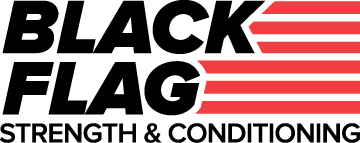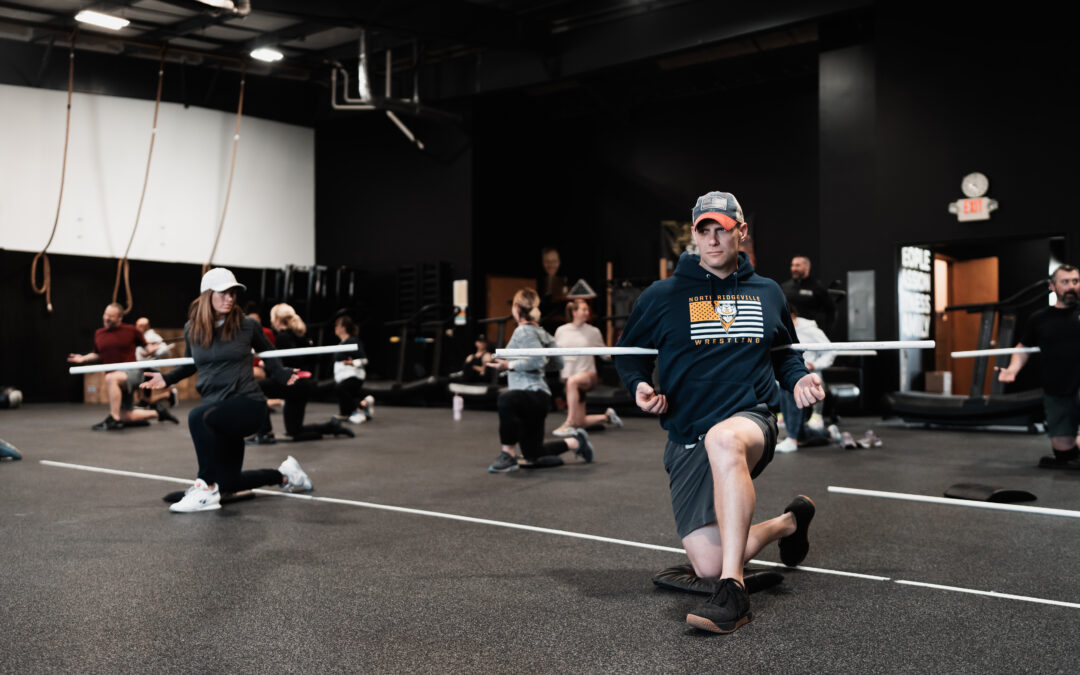As a fitness professional with experience designing programs for athletes of all levels—from highly competitive to weekend warriors—I’ve learned a lot over the years and made my fair share of mistakes. Programming can be nuanced, particularly given the diverse range of individuals we work with daily. One often-overlooked aspect in many group fitness settings is the warm-up routine, which is critical for preparing for the day’s workout. There are various schools of thought on this topic, often falling on opposite ends of the spectrum.
On one end, some routines don’t adequately prepare athletes, leading to (a) decreased performance, (b) imbalances in movement patterns, and ultimately (c) injury. On the other end, some professionals overemphasize warm-up protocols, causing athletes to become fatigued and overstimulated before the workout, which can lead to similar issues.
A well-designed warm-up should consider a couple of factors. First, what is the day’s workout? Whether it’s heavy back squats or a long cardio session, this will shape the warm-up protocol to ensure athletes are prepared. Additionally, a warm-up is an opportunity to reinforce proper movement patterns or correct faulty ones. As leaders in a group fitness setting, especially one catering to individuals seeking to increase strength, cardiovascular fitness, lean muscle mass, and overall quality of life in an engaging environment, it is crucial to create a comprehensive warm-up routine. This protocol should be efficient and address each aspect of preparation, engaging athletes from the muscular to the nervous systems, ensuring they are fully prepared to perform at their best while minimizing injury risks.
The Warm-Up Protocol
Our protocol, which generally takes 10-15 minutes, includes four steps:
- Mobility: Focus on achieving greater ranges of motion around joints, primarily through two to three targeted stretches that enhance movement patterns.
- Core Temperature & Stability: This step combines increasing core body temperature and blood flow with stability exercises. It helps develop better stability within the movements we will see during training, an often-overlooked aspect.
- Activation: Introduce the specific movement patterns for the training day. Start with a general pattern and move into more specific patterns (e.g., air squats into front squats).
- Prime: This final step, often overlooked, ensures the central nervous system is firing and ready. It typically includes some jumping to engage the connection between the central nervous system and the periphery, ensuring readiness from the first rep.
While we don’t always hit all four aspects (priming is usually reserved for heavier lifting days), this method consistently prepares our athletes for the main workout. It enhances and corrects movement patterns, promotes feeling and moving well, and sustainably increases performance while keeping injury rates low.
A well-devised warm-up plan is crucial and is the key to long term success with your fitness!
Yours In Fitness,
CSCS | CFL3 | Fitness Specialist | Biomechanics Specialist | USAWL1
“Take care of your body. It’s the only place you have to live.”
Owner/Head Coach – Black Flag Athletics

